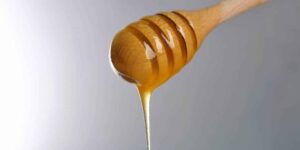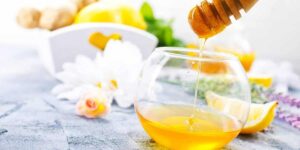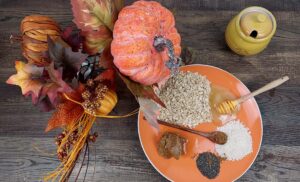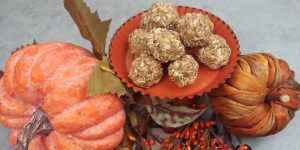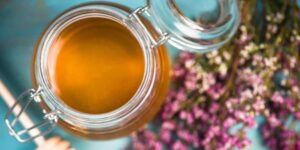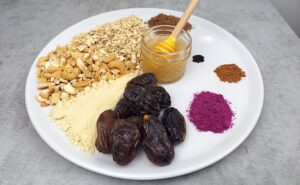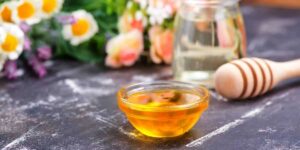FREE SHIPPING WHEN YOU ORDER $35 OR MORE
Categories
Recent Posts
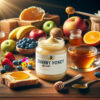 Health Benefits Consuming Creamed HoneyIn Blog, Creamed HoneyMay 21, 2024
Health Benefits Consuming Creamed HoneyIn Blog, Creamed HoneyMay 21, 2024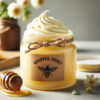 How Long Does Whipped Honey Last?April 10, 2024
How Long Does Whipped Honey Last?April 10, 2024 Does Creamed Honey Need To Be Refrigerated?In Blog, Creamed HoneyMarch 28, 2024
Does Creamed Honey Need To Be Refrigerated?In Blog, Creamed HoneyMarch 28, 2024
